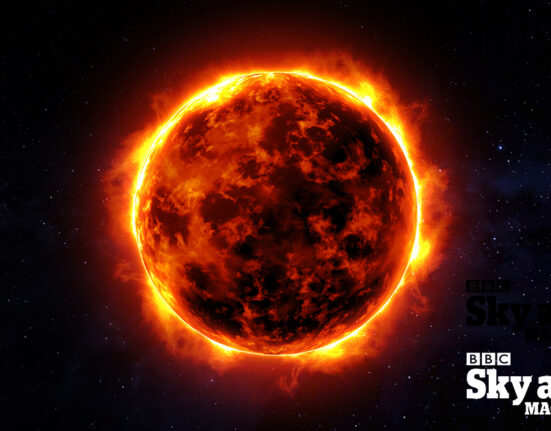The tale of wolf No. 202006, a mere four years old, unveils a mysterious and tragic discovery. Gretchen Roffler, a wildlife research biologist at the Alaska Department of Fish and Game, recounts the investigation into the young wolf’s demise.
“We spent quite a bit of time trying to figure out the cause of her death by doing a necropsy and different analyses of tissues,”
she shares.
What they found was astounding –
“unprecedented concentrations of mercury in this wolf’s liver and kidneys and other tissues.”
To unravel this enigma, Roffler collaborated with Dr. Ben Barst, an expert in ecotoxicology from the University of Calgary. Their team unveiled groundbreaking findings published in the journal Science of The Total Environment.
Barst enlightens us on the origins of mercury:
“It’s a naturally occurring element humans release from Earth’s crust through coal combustion and small-scale gold mining.”
This peculiar metal can exist as a liquid or vapor at room temperature and travel vast distances once released into the atmosphere.
When mercury transforms into methyl mercury in aquatic environments, it becomes an organic form that swiftly infiltrates food chains. Barst elaborates on how predators linked to marine ecosystems like wolves exhibit higher levels due to their diet composition.
The study compared wolves residing on Pleasant Island with those from mainland Alaska who primarily prey on moose with occasional sea otters. Astonishingly, wolves from Pleasant Island displayed significantly elevated mercury concentrations.
While researchers delve deeper into understanding how mercury impacts wolf health, questions loom over Wolf No. 202006’s untimely demise. Roffler discloses that data indicates 70% of island wolves’ diet comprises sea otters, leading to mercury accumulation over time.
Interestingly, similar patterns have surfaced among other wolf populations across Alaska and British Columbia consuming sea otters as their primary food source. This revelation hints at a broader phenomenon yet to be fully comprehended.
Is there a connection between rising mercury levels in sea otters and climate change? Barst speculates about coastal Alaska’s diminishing glaciers releasing substantial amounts of mercury due to glacial retreat. As these glaciers recede rapidly, concerns arise regarding the fate of this released mercury within the environment.
As scientists delve deeper into these intertwined mysteries surrounding coastal Alaskan ecosystems, every revelation uncovers new layers requiring exploration for conservation efforts moving forward.









Leave feedback about this